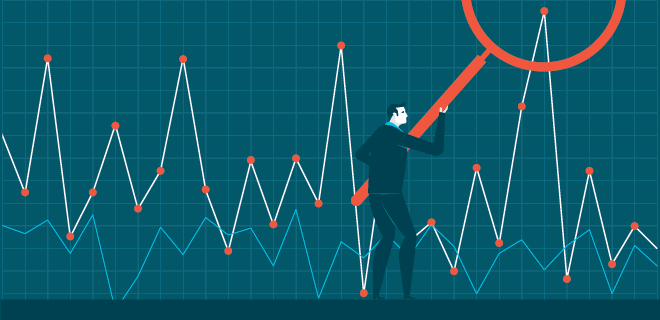
Third-party data has never had a worse reputation in terms of quality, but many publishers still need to use it to bulk up audience targeting efforts or fulfill demo requirements. Here are five easy ways to know you’re getting top-notch stuff.
The Great First-party vs Third-party Data Debate
First-party data is the kind of data that everyone knows they can rely on because it’s the data you own that comes directly from the relationship you have with your audience. It’s the kind of data that comes from a user’s actions, behaviors and feedback when they’re interacting with your digital properties through logins, newsletters, purchases, web and mobile visits, location data, CRM data, and even social authentication.
Since most of this first-party data lives on disparate marketing systems that aren’t communicating with one another, it’s difficult to surface the kinds of deep insights that really make first-party data valuable. Tying all the data together in an actionable manner makes it easier to improve user experience and to personalize messaging and make relevant recommendations. Additionally, with first-party data you can segment your audience and scale and extend that audience offsite to offer them a similar experience across all channels and devices.
While first-party data gets praised for its accuracy it has limitations because it’s based on audiences related only to your own properties. Third-party data, on the other hand, can provide an audience segment at scale from across the web related to audience behaviors and/or demographics. Using third-party data enables a brand to target beyond its typical audience and grow that audience. But the broad scope of third-party data can also be its downside, where data collection might forego accuracy in exchange for scale.
When you combine third-party data with first-party data you’re creating a superpower, especially when third-party data incorporates both deterministic data and observed behaviors. This data can be used to fill in the gaps of your first-party data, such as qualifying leads or modeling lookalike audiences. A combination of both data types helps you engage better with your current customers, and also get your message in front of new ones.
But third-party data gets a bad rap because it’s hard to know exactly where the data comes from. Sure, you purchase it from a DSP, DMP or an Exchange, but it’s important to know where and how they got that data.
5 Things You Need to Know to Make Sure Your Data Is Quality
Managing data quality can be a difficult process, but if vendors can provide you with transparency and ensure the accuracy of the data they collected, then you can limit the instances of having to deal with dirty data. Poor quality data won’t help you reach your business goals.
1. How Was the Data Collected?
How was the data your vendor provides collected? Does the data contain observed behaviors? Does it contain both online and offline data? Also, there are a lot of fake audiences based on fake online profiles. It’s important to know whether the data can be tied back to real people.
2. Is the Data Recent?
If your vendor can’t confirm that the data was recently collected, then it probably isn’t reliable. Data from a year ago or even six months ago won’t be as accurate as more recently collected data. And the best data is really fresh—not more than 30 days old.
3. What Kind of Data Is It?
- Declared Data – this data can include survey data, demographics, interests and purchase behavior and is considered more reliable because it’s personal data that the customer was willing to share. It can be used in personalization and recommendations services.
- Inferred Data – this data is assigned to a person based on their online activities and behaviors, which helps to assign a classification to a user based on what they searched for, read, watched or bought.
- Observed Data – this data is based on a person’s engagement with content or a product and is used as the basis for retargeting.
Is the Data Verified?
Does your data provider self-verify their data or are they using a verification service like Nielsen or ComScore? Verified data ensures that the third-party data you’ve purchased is authentic.
Is the Data Intelligent?
Can the vendor provide you with insights that go beyond statistic demographics, psychographics and behavioral data? Can the vendor provide rich audience insights and profiles that tell you new learnings about your audiences, i.e. the why that drives the what behind a person’s decision to buy or support certain brands, retailers, products or causes? Wouldn’t knowing this type of information better enable you to meet your business goals?
Consider these insights Resonate uncovered (in the infographic above) in the recently released State of the Consumer Report 2019: Younger and older Generation Xers are drastically different, starting with younger Gen Xers still raising children and older Gen Xers living as empty nesters, right down to the values and motivations that drive their daily decisions.
Mo’ Data, Mo’ Problems?
Over 2.5 quintillion bytes of data are created every single day, so the amount of first-party data is growing exponentially. This fact will only expand the opportunities to leverage third-party data for audience segmentation, modeling, and personalization. But more data also means there are going to be more fake profiles creating a lot of that data, so it will make even more sense to make an investment in clean quality data that offers a better understanding of your customers and prospects.
This article is the first in a three-part article series:
